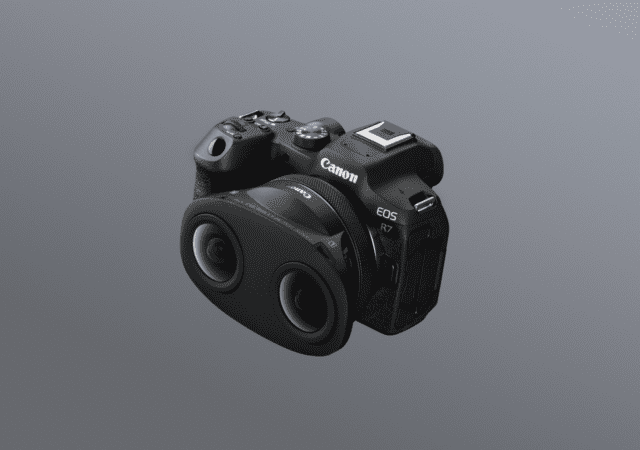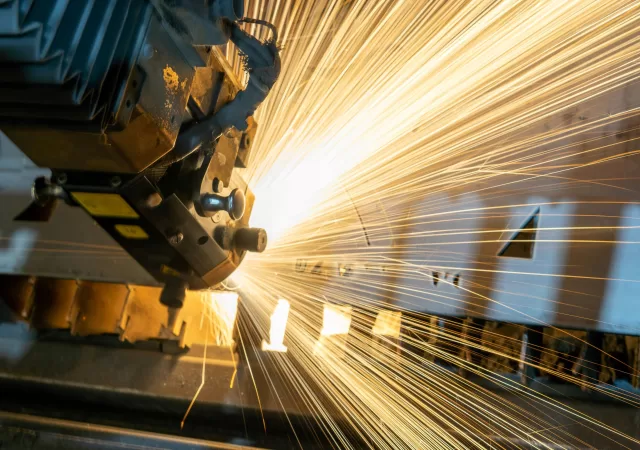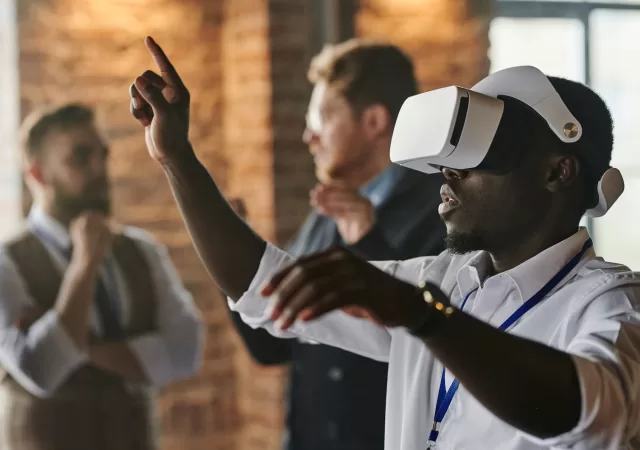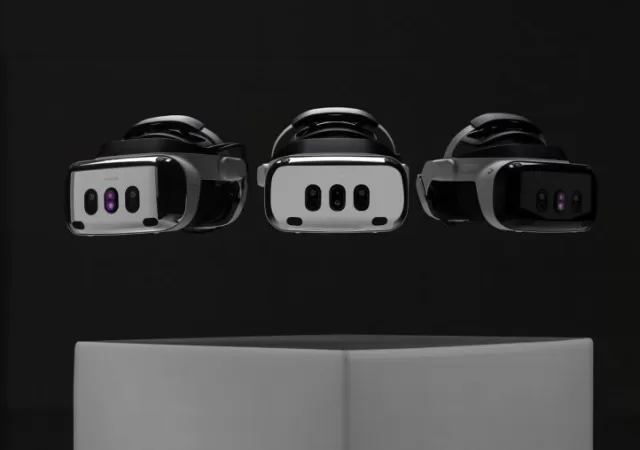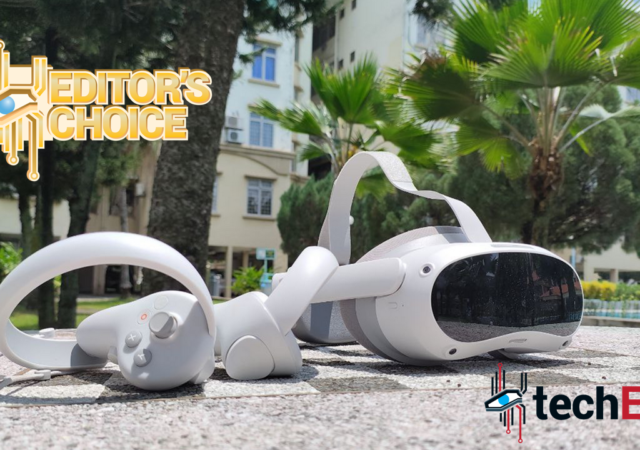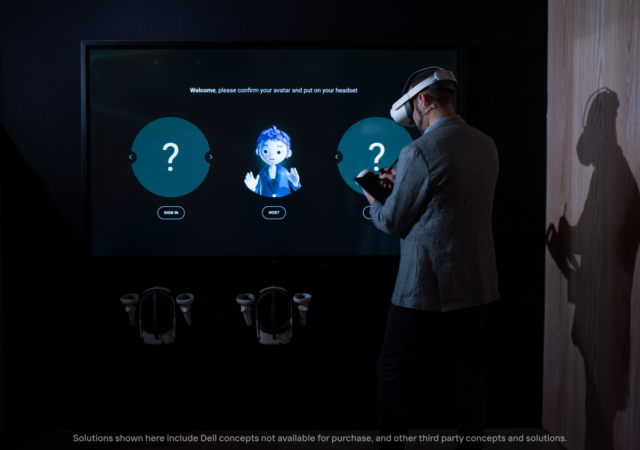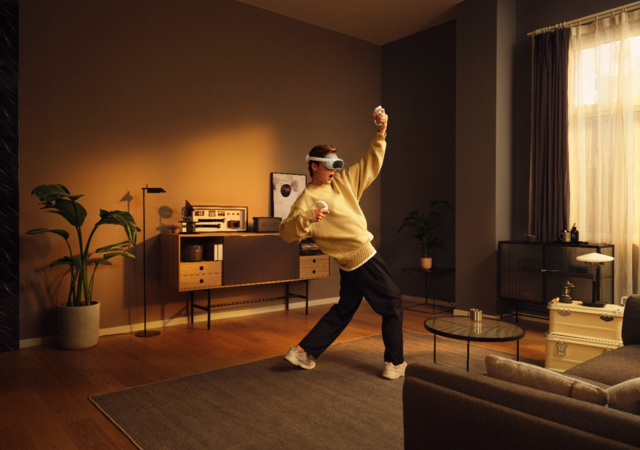Canon announces a new lens built for creating VR content. The new Canon RF-S3.9mm f/3.5 STM lens allows creators to create VR content with Canon’s EOS cameras.
Increase Productivity for Production and Manufacturing Processes
Discover how Lenovo’s advanced technologies such as high-performance computing, AI, and spatial computing can improve production processes.
Microsoft Shut Downs its Windows Mixed Reality Software
Microsoft has shut down its Windows Mixed Reality (WMR) in a quiet update tucked away among other outdated Windows features that were recently released, listing out the many different softwares, apps, and modes being decrypted and shut down. WMR came…
Adopting New (Virtual and Augmented) Realities for Manufacturing
Augmented & virtual reality is changing the game of the manufacturing industry. AR/VR allows efficiency, enhanced employee training & cost cuts. Contributor Varinderjit Singh from Lenovo Malaysia explains the use of AR/VR in manufacturing.
Here Comes A New Challenger! The Varjo XR-4 Could Rival Apple Vision Pro
The Apple Vision Pro may be getting huge competition from a Finnish company, Varja, as it releases a new XR headset – the Varja XR-4.
PICO 4 In-Depth Review: Is It Really the Perfect VR Headset?
The PICO 4 is being lauded as the best and most affordable VR Headset available right now. Is it really? Find out in our in-depth review.
Concept Nyx and Explorations for the Future of Connection
Concept Nyx has been one of Dell’s most interesting developments in recent times but it’s only just the beginning.
PICO celebrates with new store and Christmas VR bundles
With Christmas just around the corner, PICO has kick-started celebrations with the launch of its new VR store and game bundle to boot. First VR Concept Store opens in Sunway Pyramid PICO fans will now be able to try their…
PICO 11.11 Sales Brings Discounts and Game Bundles
PICO ushers in 11.11 sales on Lazada and Shopee by offering discounts on VR headsets and comes bundled with 10 games for free! Discount and 10 free games for PICO 4 on 11.11 week PICO is offering an RM100 discount…
PICO 4 Stand-alone Headset Available in Malaysia for MYR1,699
Virtual Reality (VR) has ever been the next step in immersive gaming. In fact, in 2016 when the first VR headset was commercially available, the gaming industry was the first to jump on the possibilities for AAA games and the…



